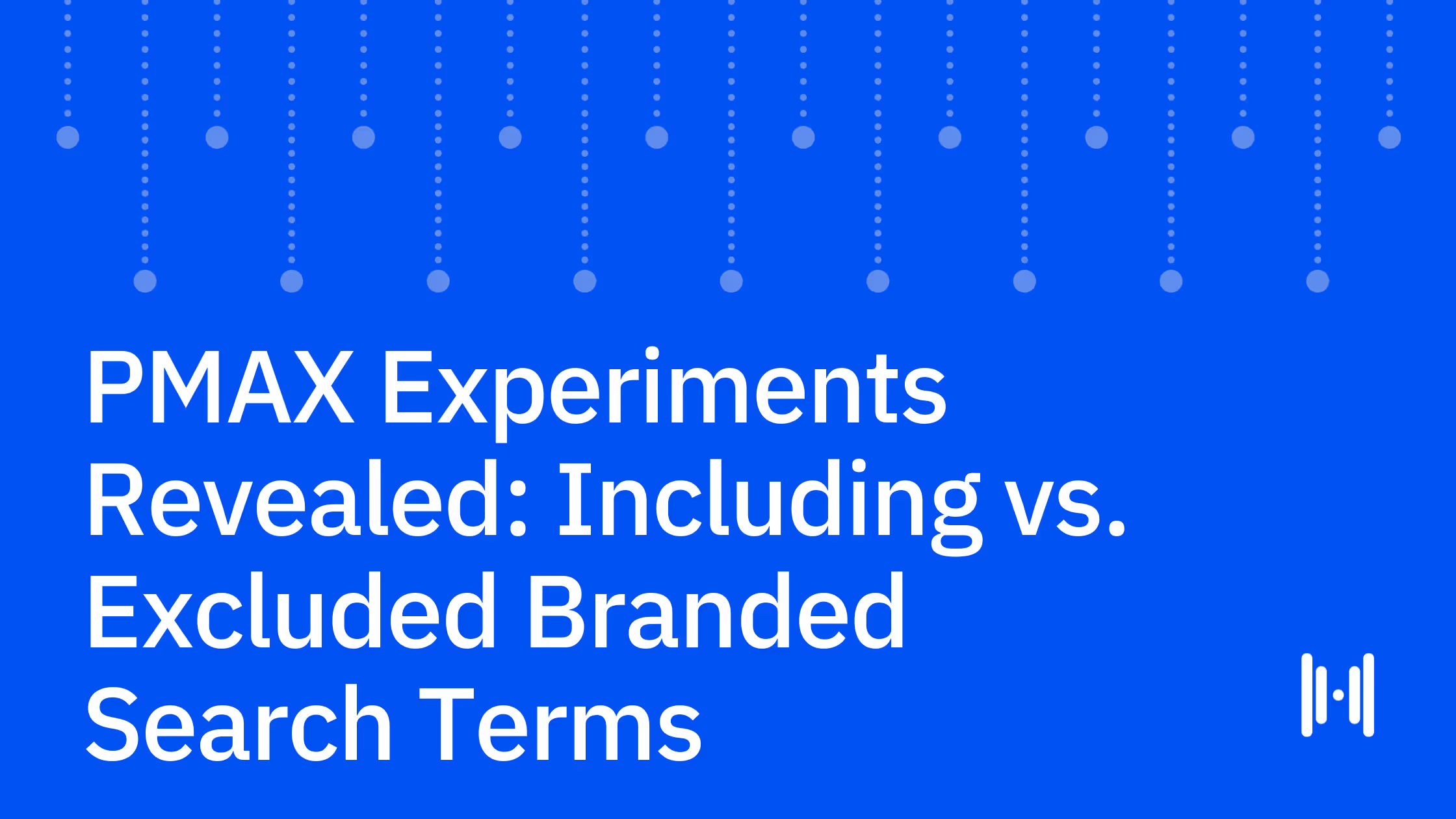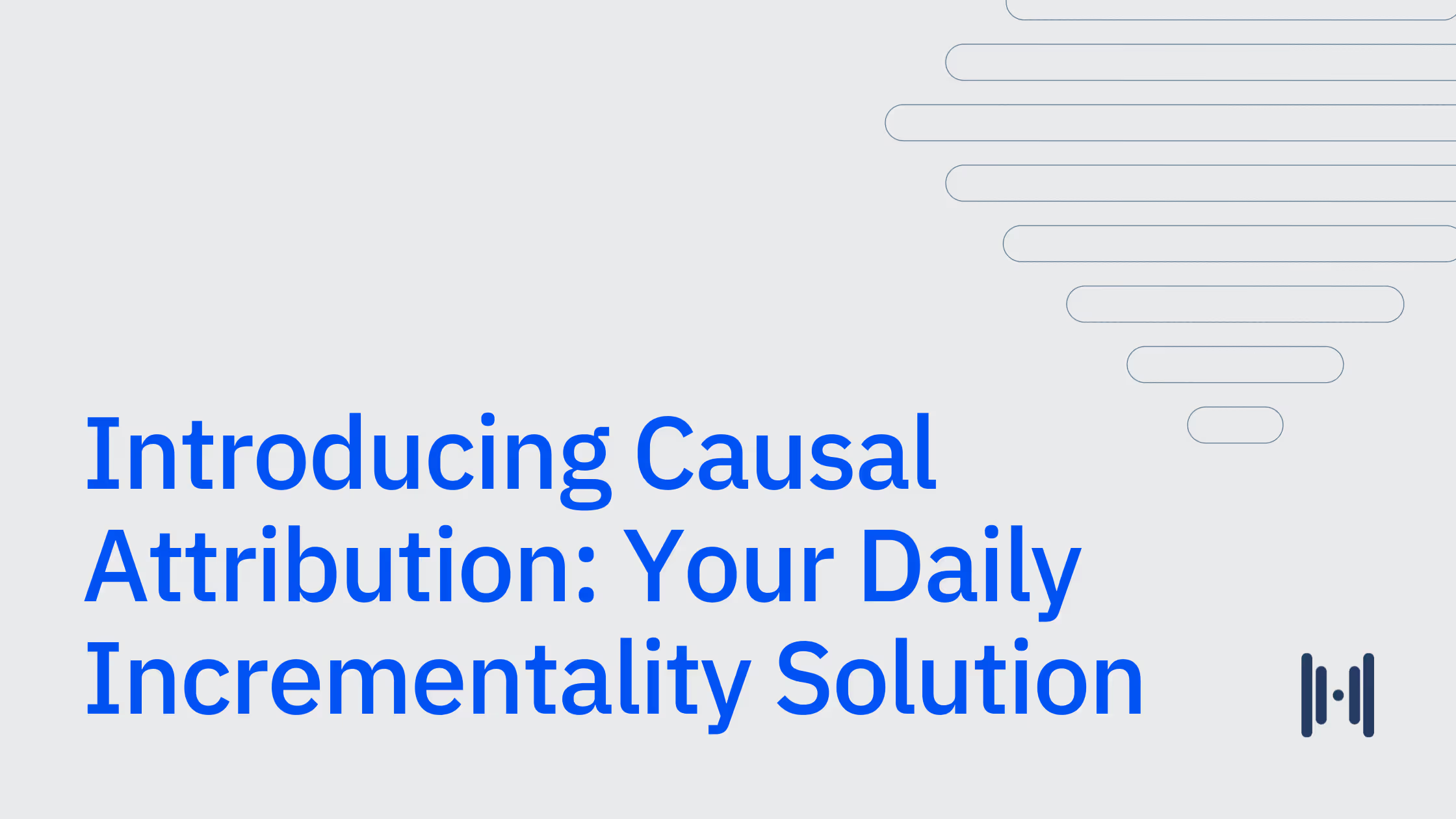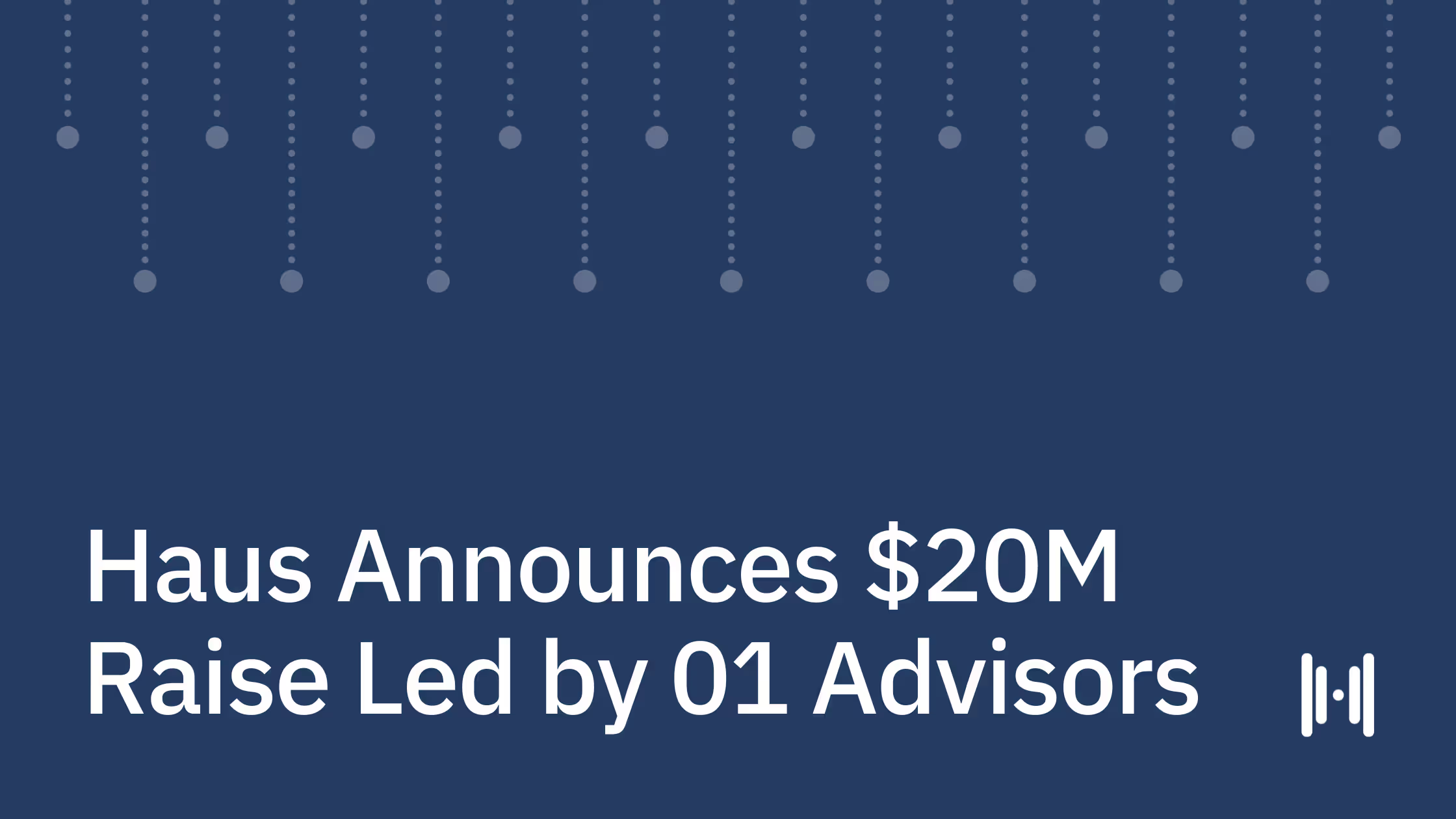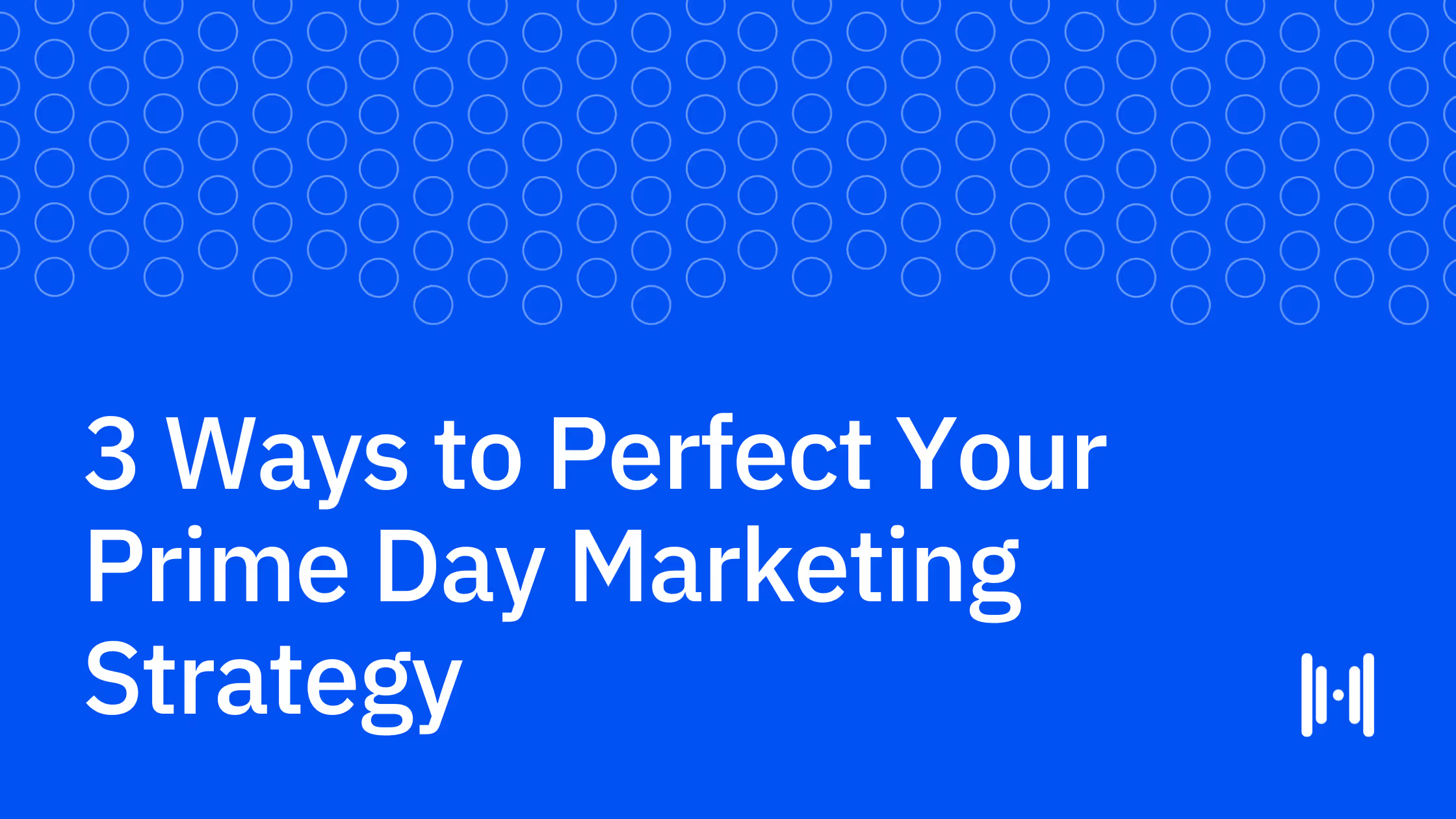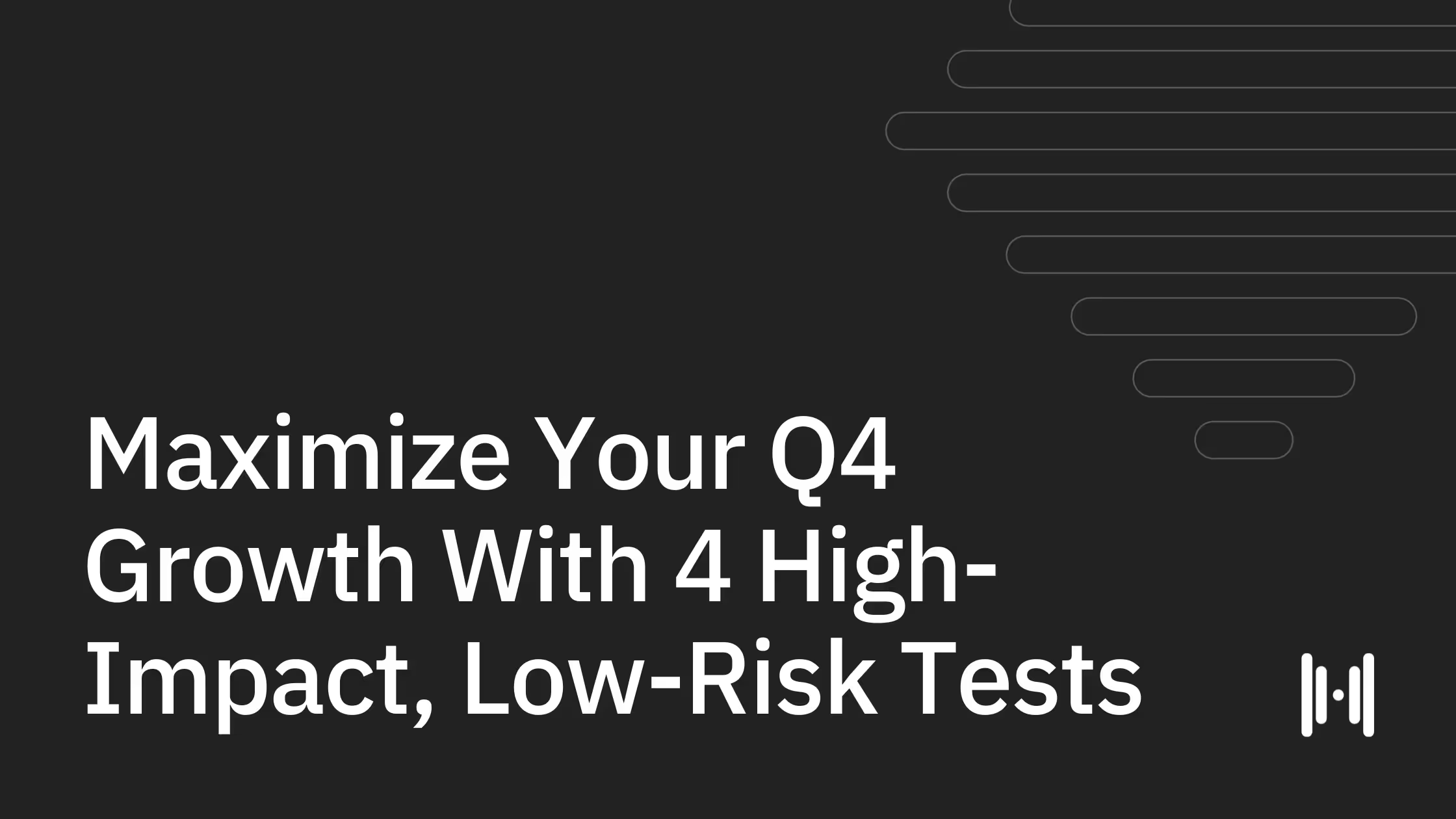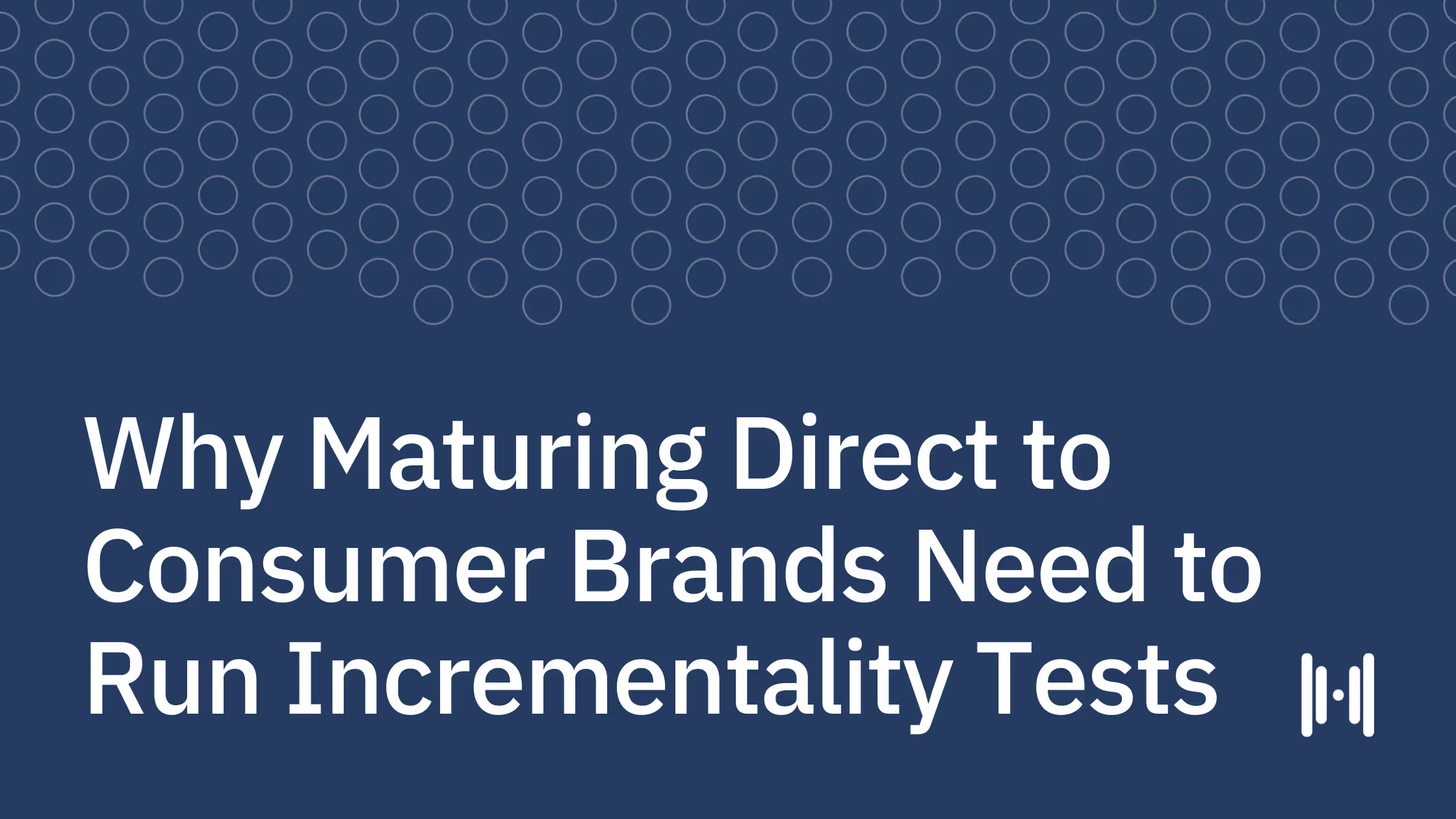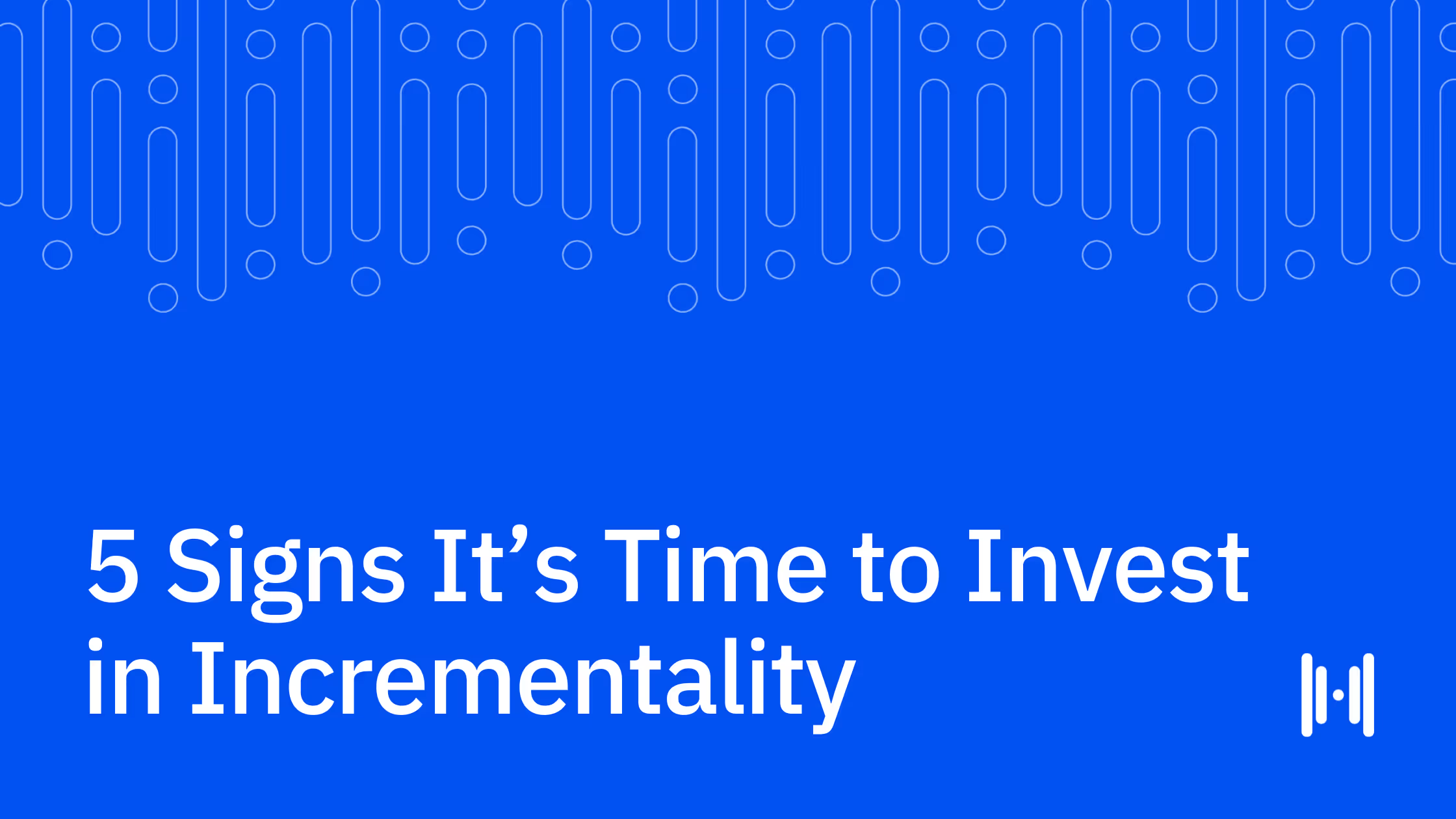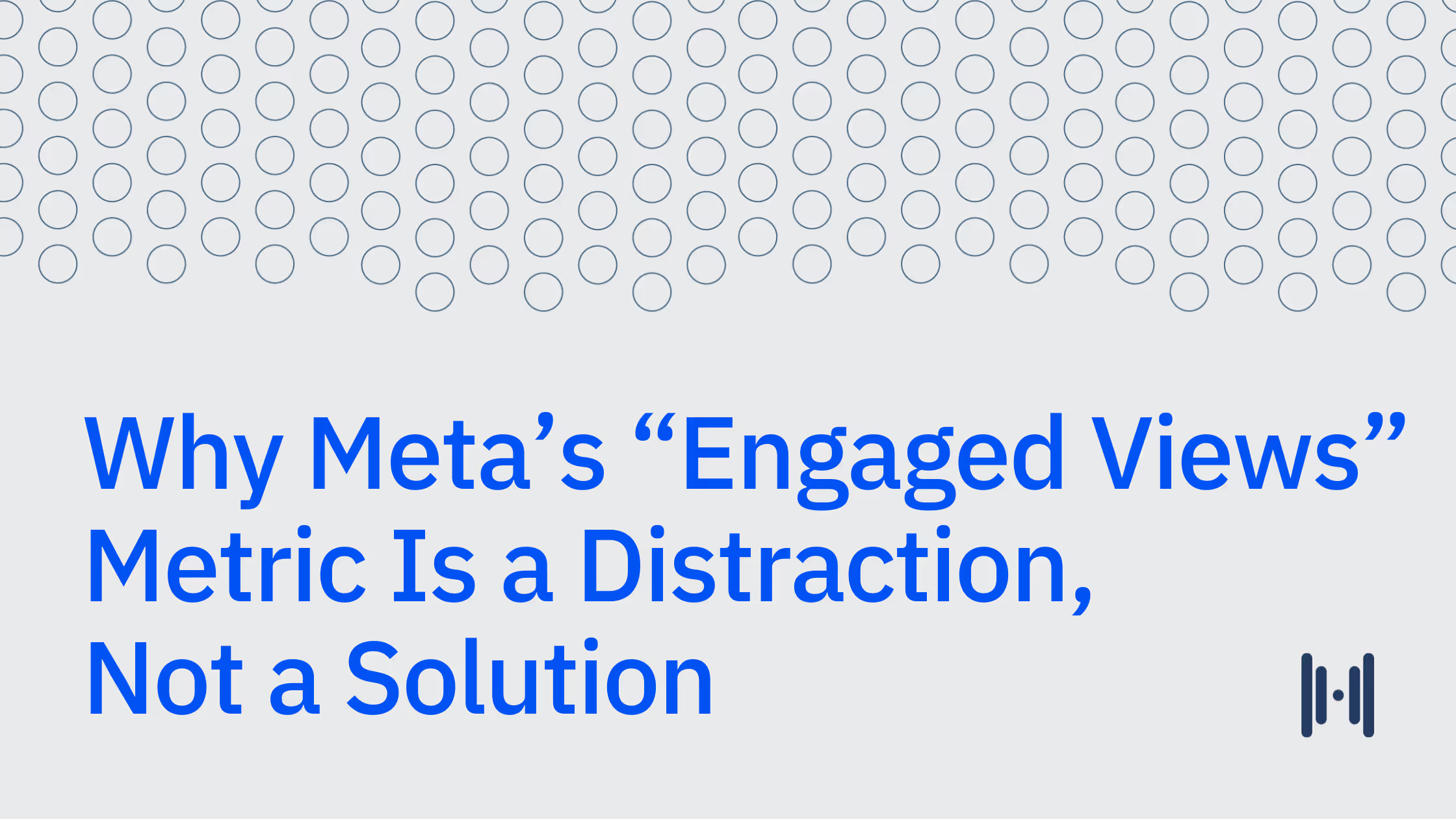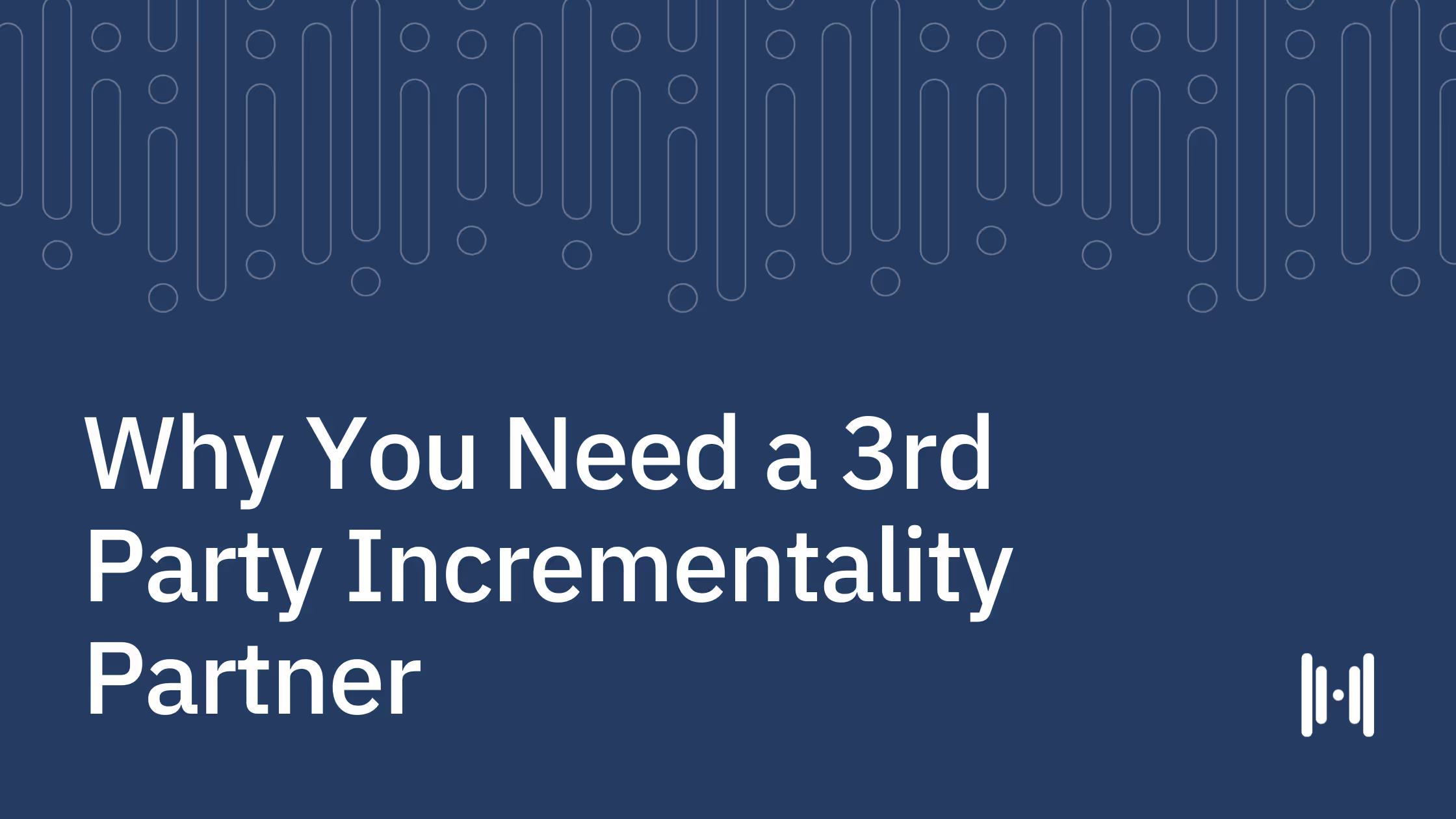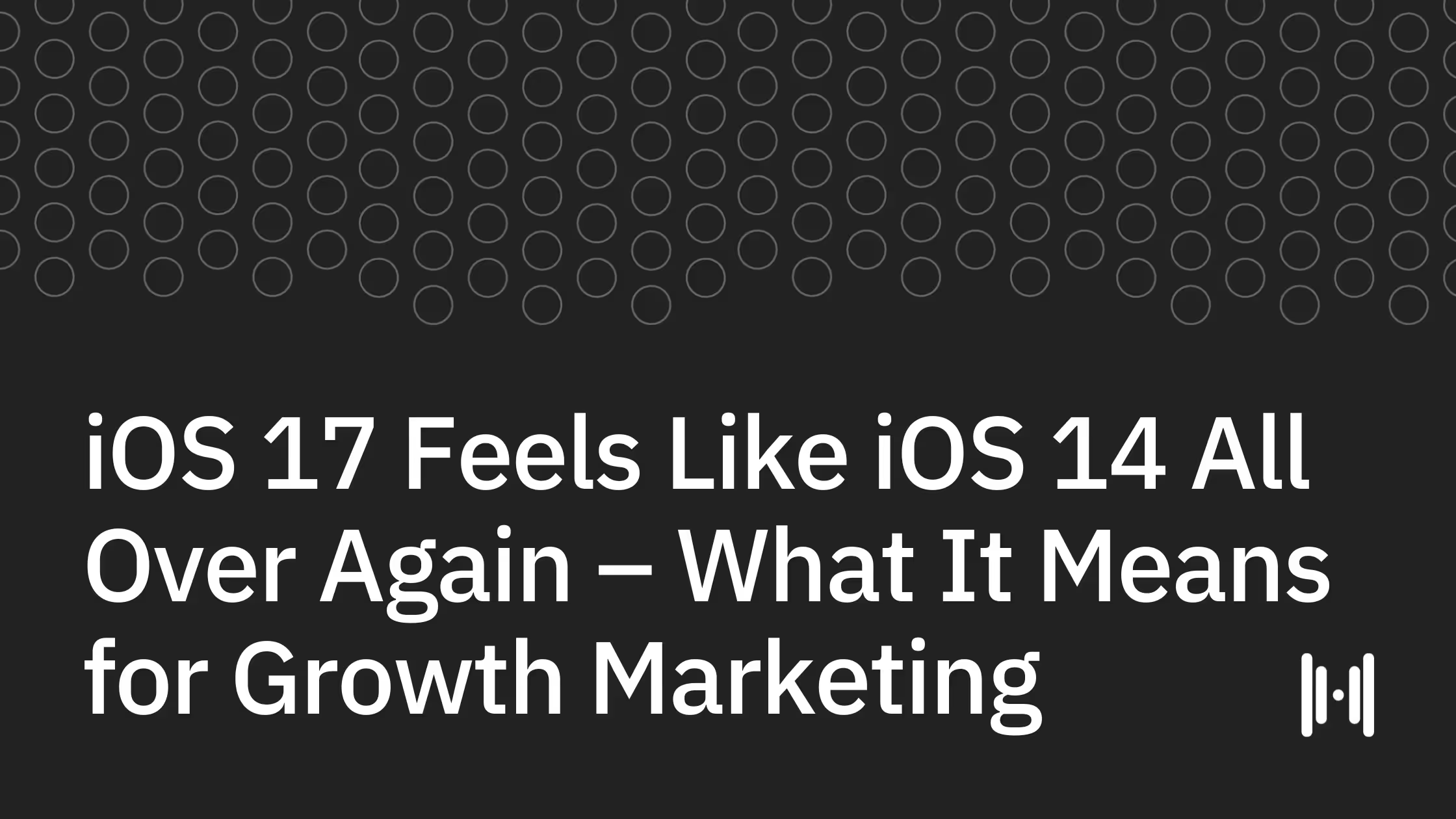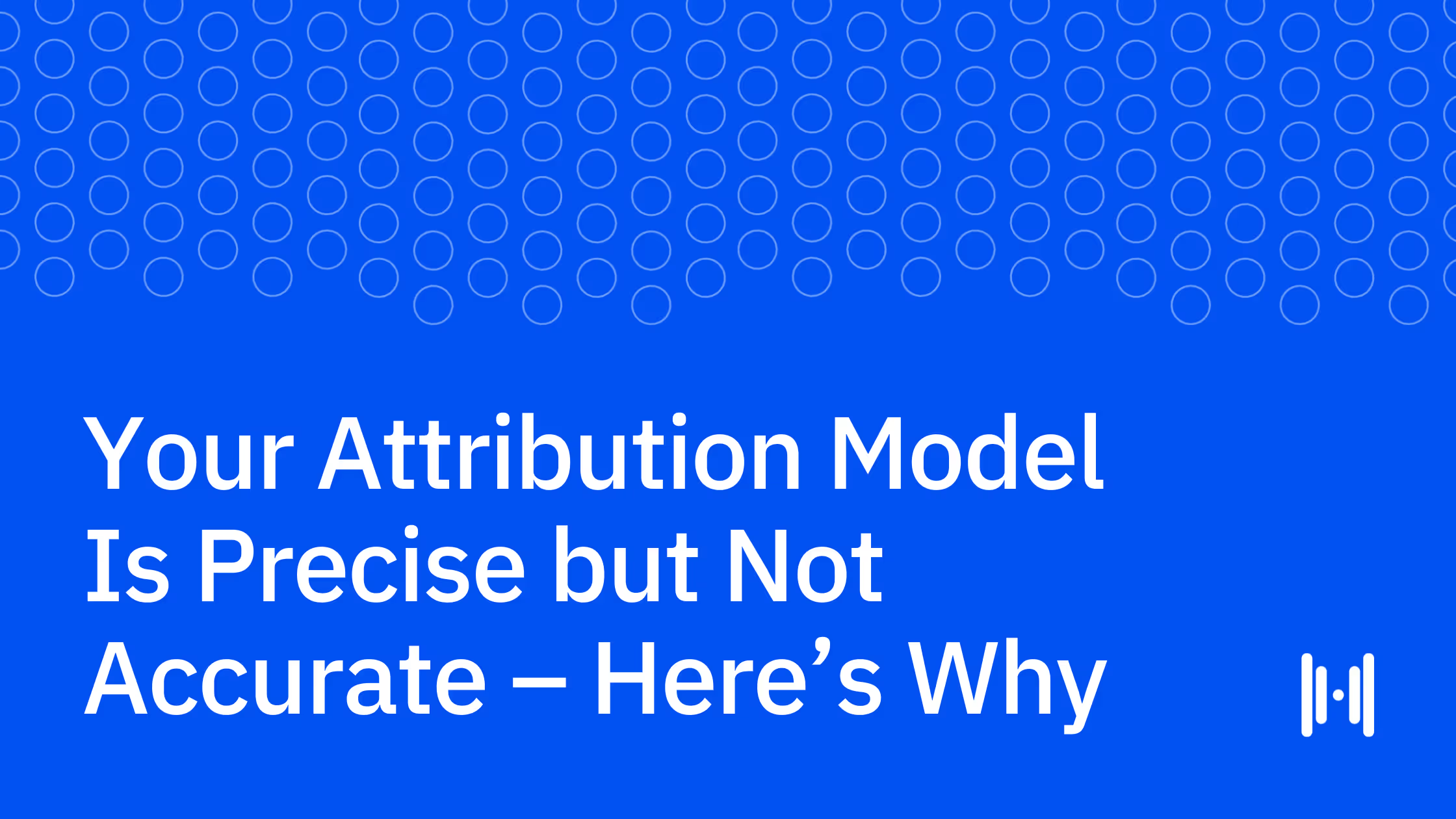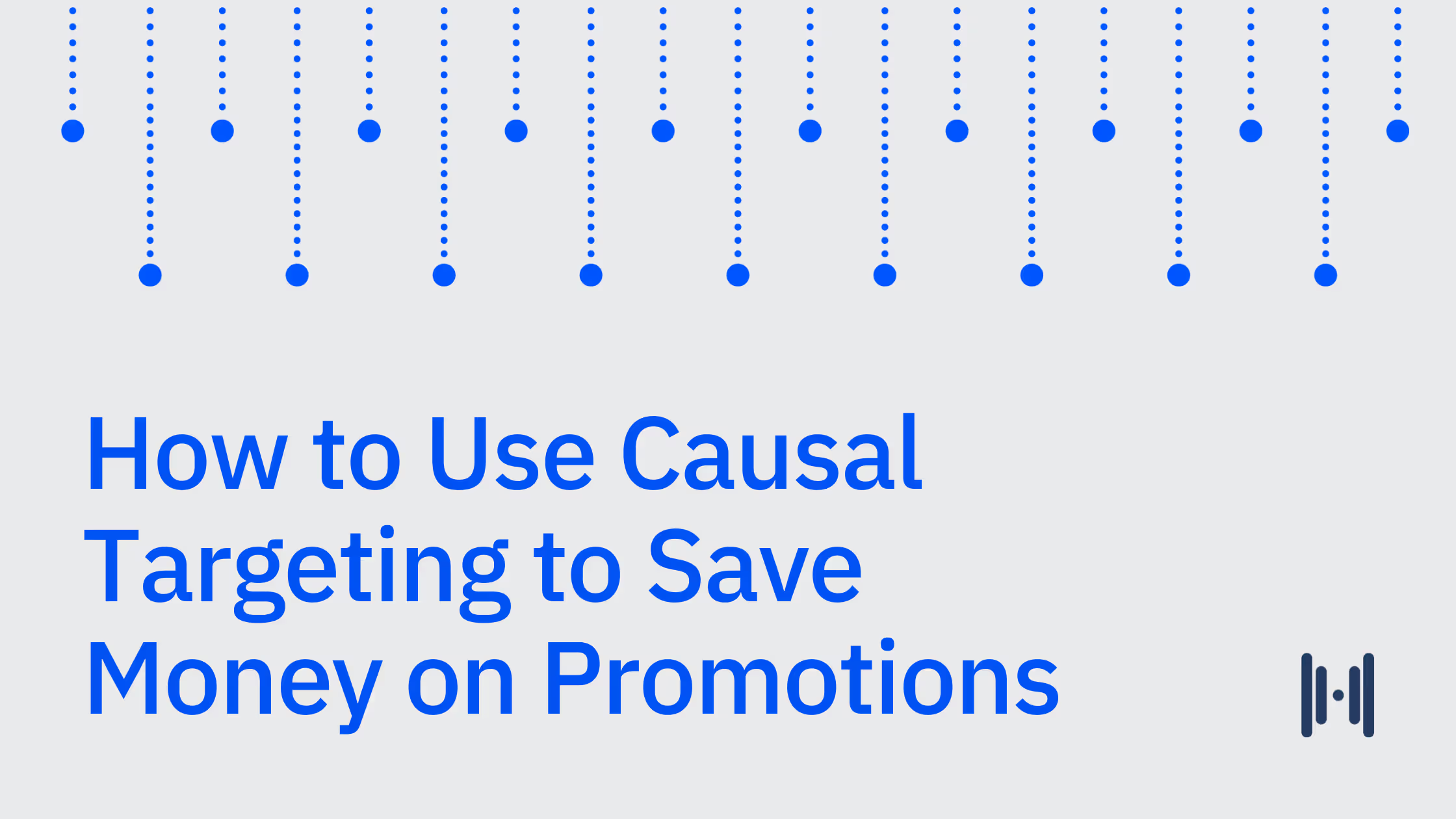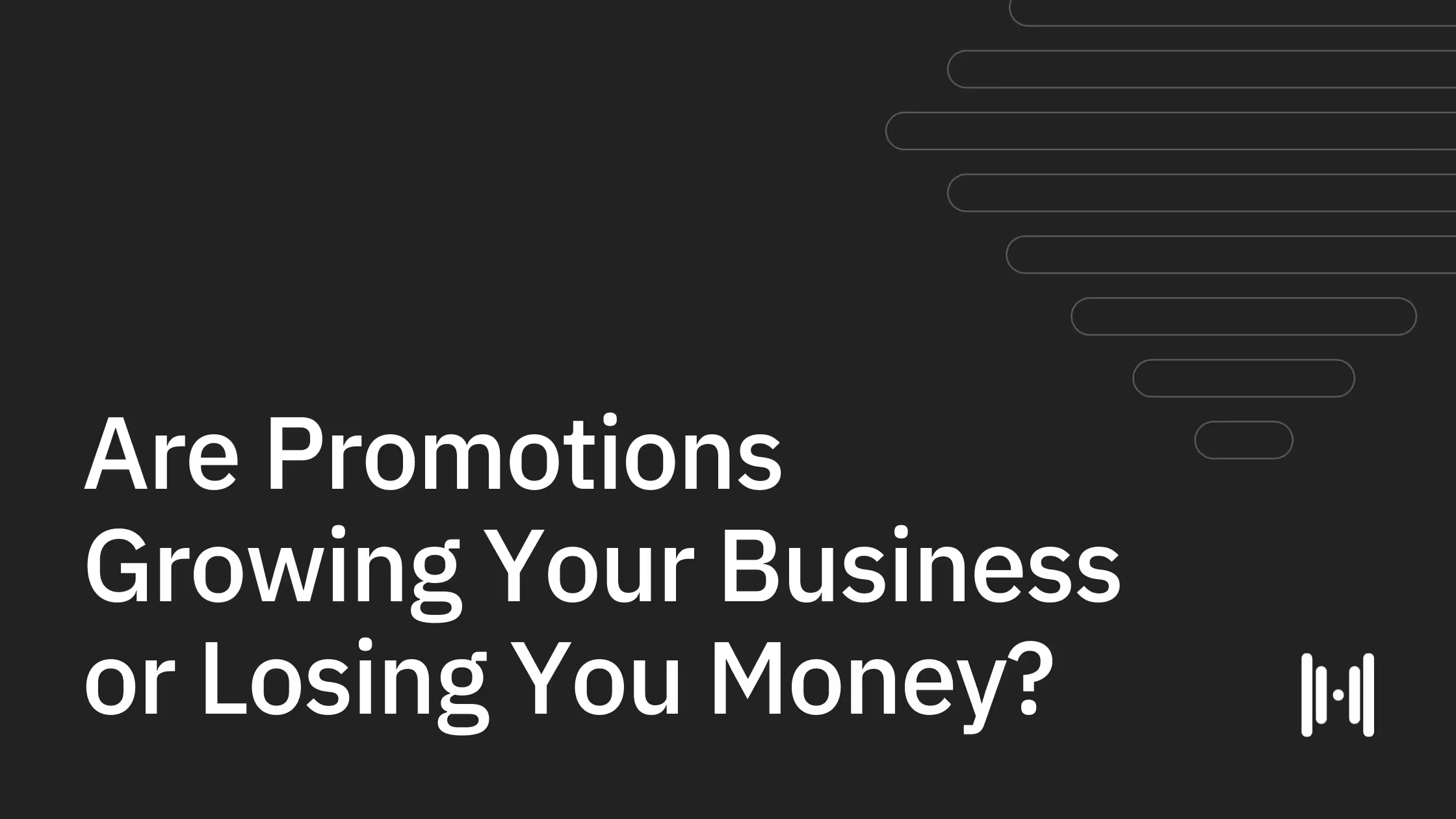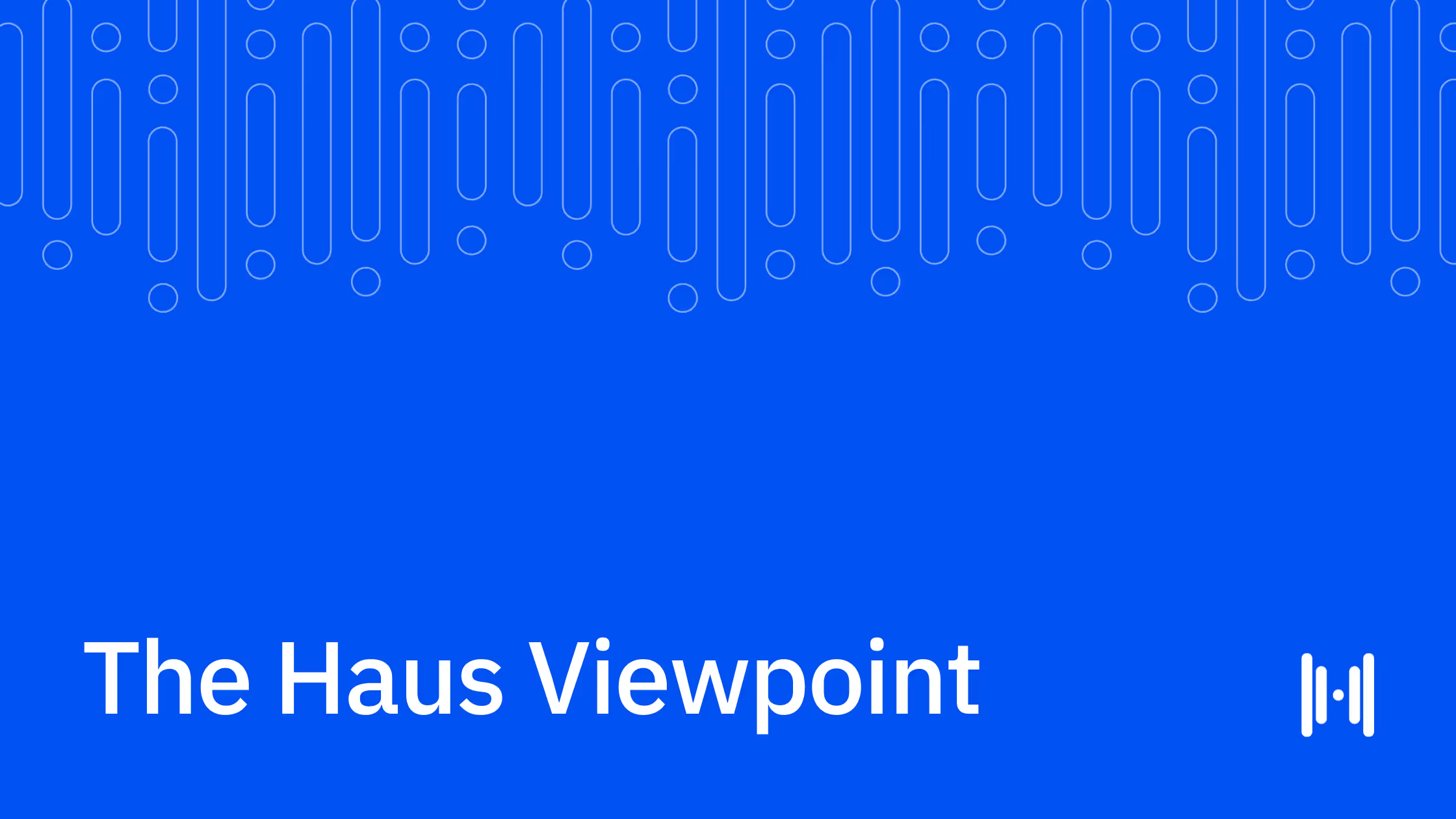PMAX Experiments Revealed: Including vs. Excluding Branded Search Terms
We analyzed experiments from leading brands to understand the incremental impacts of including vs. excluding branded terms in PMAX campaigns.
Tyler Horner, Analytics Lead | Nick Doren, Customer Success Lead
•
Aug 20, 2024

Should I exclude branded terms from PMAX?
To exclude (branded terms) or not to exclude, that is the question.
Since its launch in 2021, Google’s Performance Max (PMAX) campaign type has drawn the ire of marketers due to its lack of transparency and targeting controls.
But earlier this year, Google rolled out more transparent reporting and filters on YouTube placements. But beyond that update, there’s a more significant lever for marketers trying to get the most out of their PMAX campaigns.
The answer will be different for every business
Users have the ability to exclude branded search terms from PMAX campaigns, though whether this is best practice depends on who you ask.
While taking this step provides more control and segmentation, it reduces the amount of signal the algorithm receives, which could ultimately hamper performance.
Unfortunately, Google-reported performance isn’t sufficient to inform your direction here because branded terms tend to inflate platform-reported performance.
Decide for yourself by geo-testing PMAX
What we want to know is whether excluding branded terms helps deliver more impact to the business. In other words, which approach maximizes PMAX’s incrementality?
The best way to answer the question is with a geo-test.
How to run a geo-test on PMAX
A geo-test splits the country into three statistically identical groups:
- A control group receiving no PMAX ads
- A treatment group receiving PMAX ads including brand terms
- A treatment group receiving PMAX ads excluding brand terms
The treatment group that outperforms the control group most is the more incremental strategy and the one that you’d want to roll out nationally.
In an ideal world, you’d set up this test yourself in Haus, but the next best thing we have to offer is insights from members of the Haus community who have run this exact test.
Data analysis from our PMAX branded search tests
With a variety of unique results to tap into, there’s plenty to learn from these experimentation trailblazers – let’s see what the data has to say.
Insight #1: Total revenue metrics show a toss-up. However…
We found that excluding brand terms drove more incremental revenue in 50% of experiments. In other words, by total revenue, this race is a dead heat.
But upon slightly deeper review the numbers paint a more nuanced picture. While the win rate was even across the two strategies, excluding brand performed better on the whole, driving 24% more incremental revenue on average across all tests.
Put simply: When excluding brand won, it won big, whereas most of the brand-including victories were by narrow margins.
Insight #2: New customer metrics are severely lopsided
Excluding brand terms drove new customers more efficiently in 100% of experiments.
Only a subset of experiment results included a new customer KPI, but the lopsidedness of this metric deserves some attention.
The range of outcomes in favor of excluding brand terms was a 19% to 60% lower CAC – a 40% reduction in acquisition cost on average.
Putting these two results together, including brand terms seems to drive disproportionate impact against existing customers, but may distract the algorithm away from new customers as a result.
Insight #3: Average Order Value
We mentioned the dangers of using another brand’s results to guide your own strategy. Here’s some data that shows illustrates our concern:
Brands with an Average Order Value (AOV) above $238 drove 27% more incremental revenue when including brand terms. But the plot thickens…
While the sample showed stronger results for excluding branded terms on average, there was a subset of high-AOV brands that found better success when including brand.
The reason for this likely comes down to data scarcity. Higher AOVs correlate with higher CACs, which means less data fueling the algorithm. If you’re a brand in this category or just don’t spend enough to reach adequate volume thresholds, you may want to reconsider before applying those brand exclusions – an analysis from Smarter Ecommerce suggests the signal threshold is probably in the range of 300 to 1,000 monthly conversions.
Case study: running a 3-cell test PMAX brand terms
Before excluding brand search queries in PMAX, kitchenware company Caraway decided to test 2 key business questions:
- How incremental are PMax campaigns for the Caraway business?
- Does including branded queries in PMax campaign help or hurt incrementality?
They conducted a 3-cell geo lift test using the Haus platform, dividing the U.S. into three groups:

The results revealed that PMax campaigns with brand queries generated 1.95 times more total revenue and 1.75 times more new customer revenue than those without. Additionally, they discovered that Google's platform overstated PMax with brand performance by 33%.
Takeaways and advice on testing brand terms in PMAX campaigns
We hope that these experiments inspire you to launch a similar test yourself – after all, it’s easier than ever to do so with a platform like Haus that can deliver clear results backed by industry-leading statistical rigor in as little as two weeks from design to completed analysis.
But for those not ready to make that leap, here are our main pieces of advice:
- If you’re not worried about branded terms, but still want to optimize your PMAX strategy, then we recommend you look into testing a shopping-only PMAX campaign against the full-placements default. Low-quality inventory blending in with your search and shopping performance can be even more insidious than branded queries.
- If new customer acquisition is your primary KPI, it’s a fairly safe bet to exclude branded terms from your PMAX campaigns. We haven’t yet seen a single case where it was less efficient to do so.
- If you’re a low-transaction-volume, high-AOV brand with a focus on repeat or blended revenue, you might be best-off keeping those brand terms included. If you’re in a highly competitive category, then you can feel even more confident that this won’t tank your PMAX incrementality.
- For all brands in between, it’s a toss-up without experimentation. At a minimum, consider setting up a script to monitor what search terms your ads are appearing for. If you’re seeing most clicks come in via branded terms, think about adjusting your target efficiency level to treat this more like a bottom-of-funnel campaign than a full-funnel one.
Next steps
Interested in running these tests for your company? Geo-lift tests enable your team to get clear answers without relying on user-level data. They ensure privacy compliance while providing actionable insights based on actual sales data.
With Haus, experiment design and analysis are automated, providing precise incrementality results for faster, smarter decisions. Everything is managed by our expert team. To learn more about our approach to data and methodology, check out these resources:
.png)
.png)
.png)
.avif)


.png)
.png)
.png)
.png)
.png)
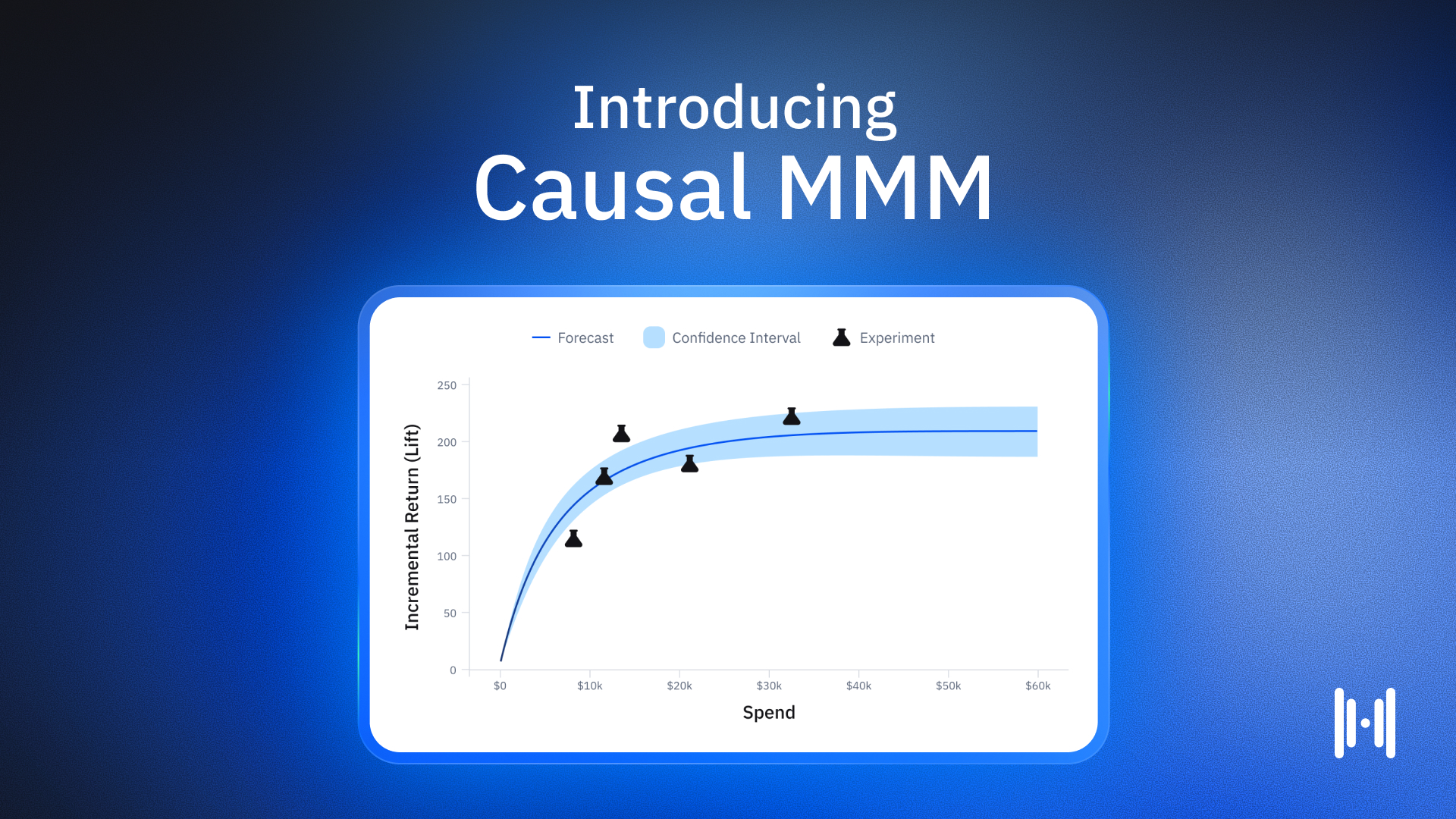
.avif)
.png)
.png)
.png)
.png)
.png)
.png)
.png)
.png)
.png)
.webp)
.webp)
.webp)
.webp)
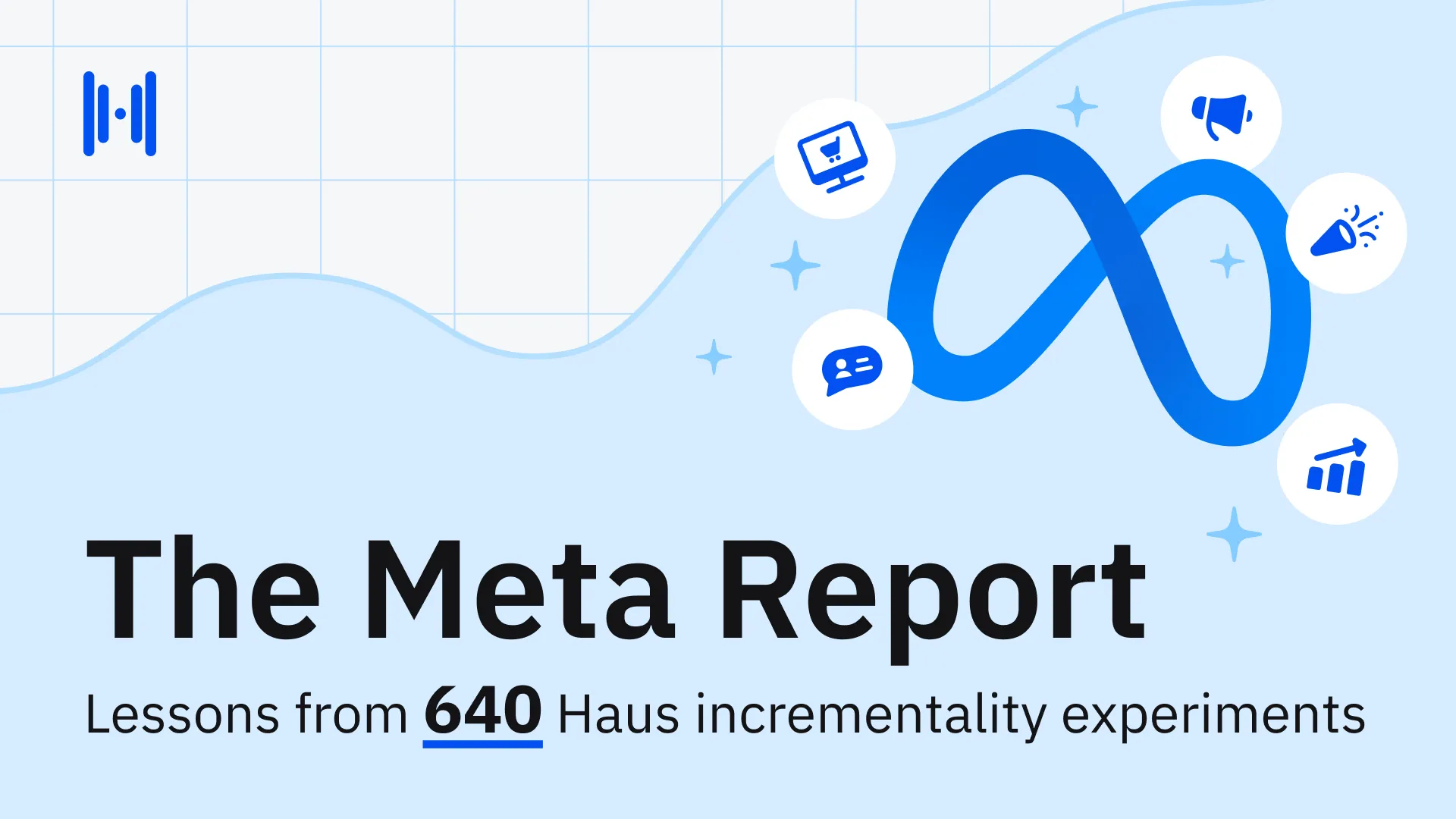
.webp)

.webp)
.webp)
.webp)
.webp)
.webp)
.webp)
.webp)
.webp)
.webp)
.webp)
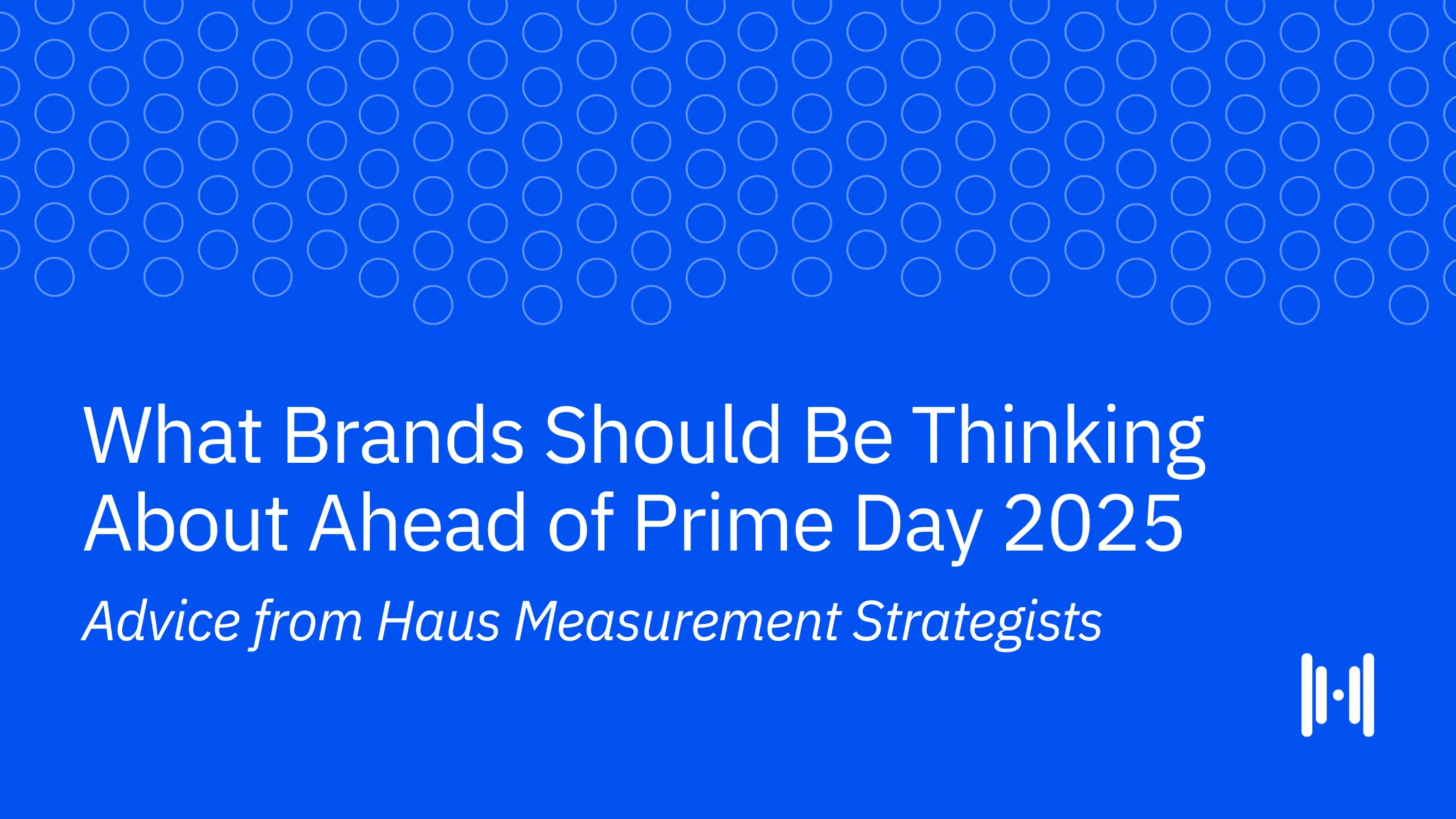
.webp)
.webp)
.webp)
.webp)
.webp)

.webp)
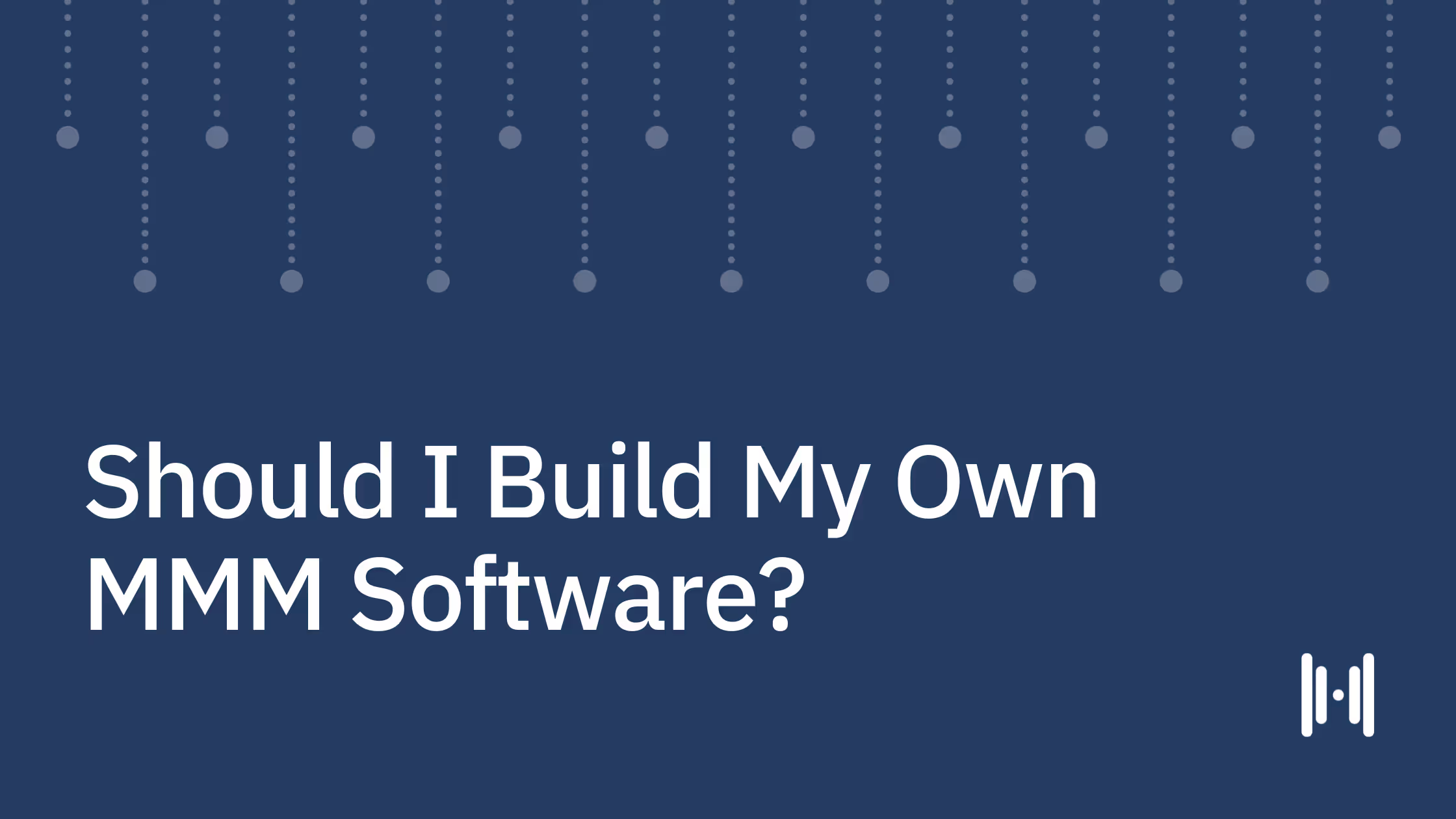

.avif)
.avif)


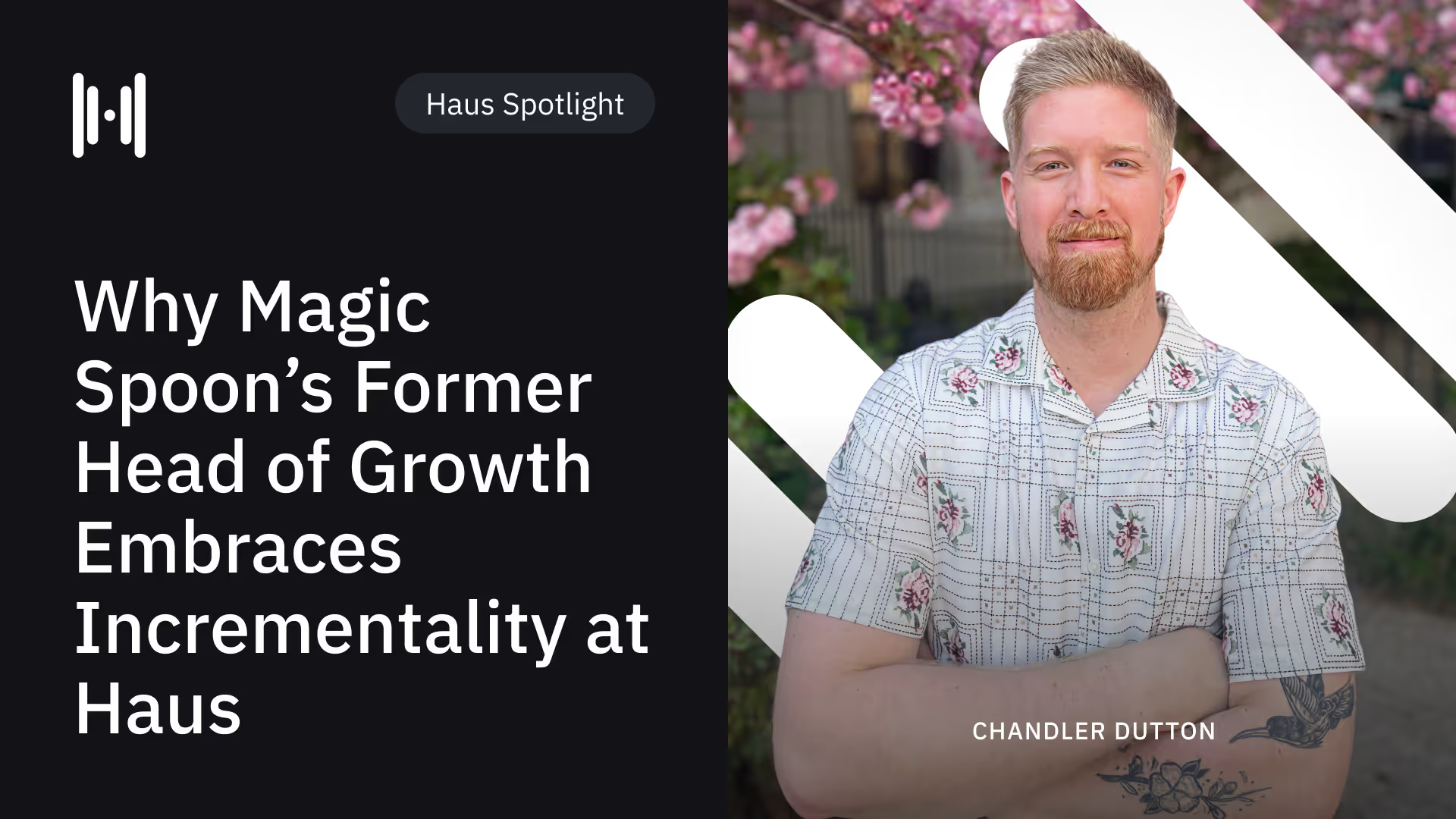
.avif)
.avif)
.avif)

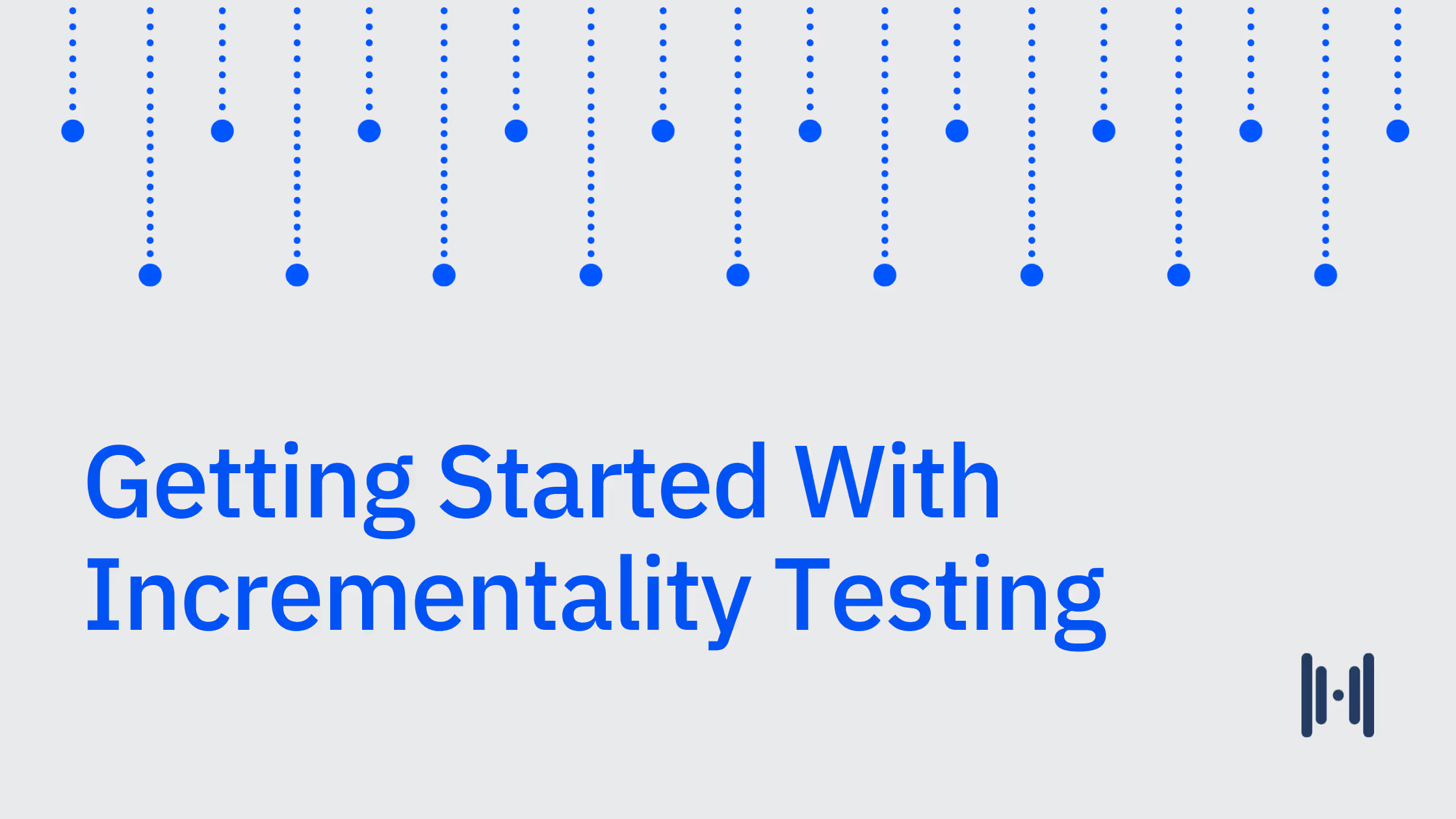
.avif)
.avif)
.avif)
.avif)
.avif)
.avif)

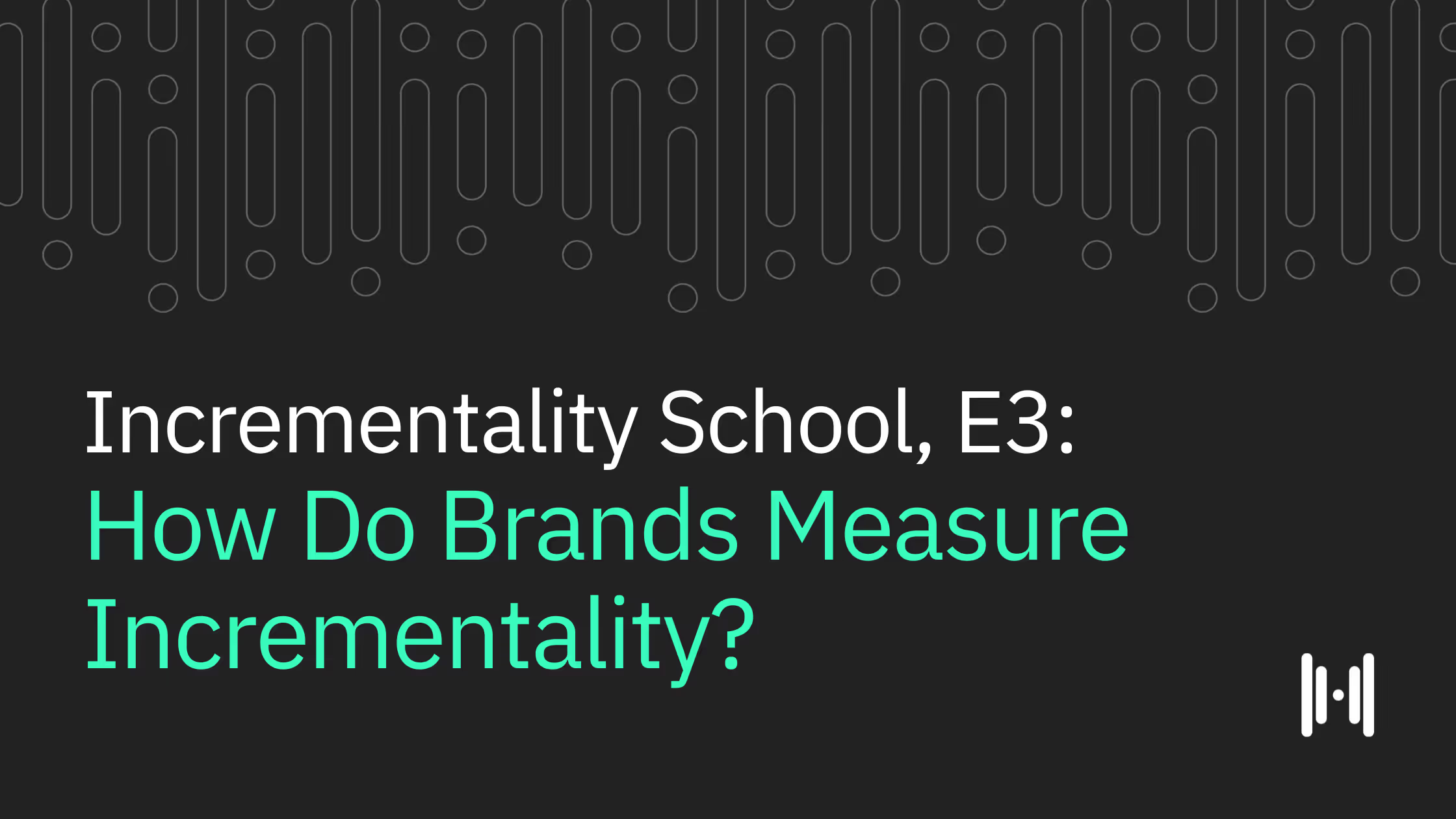
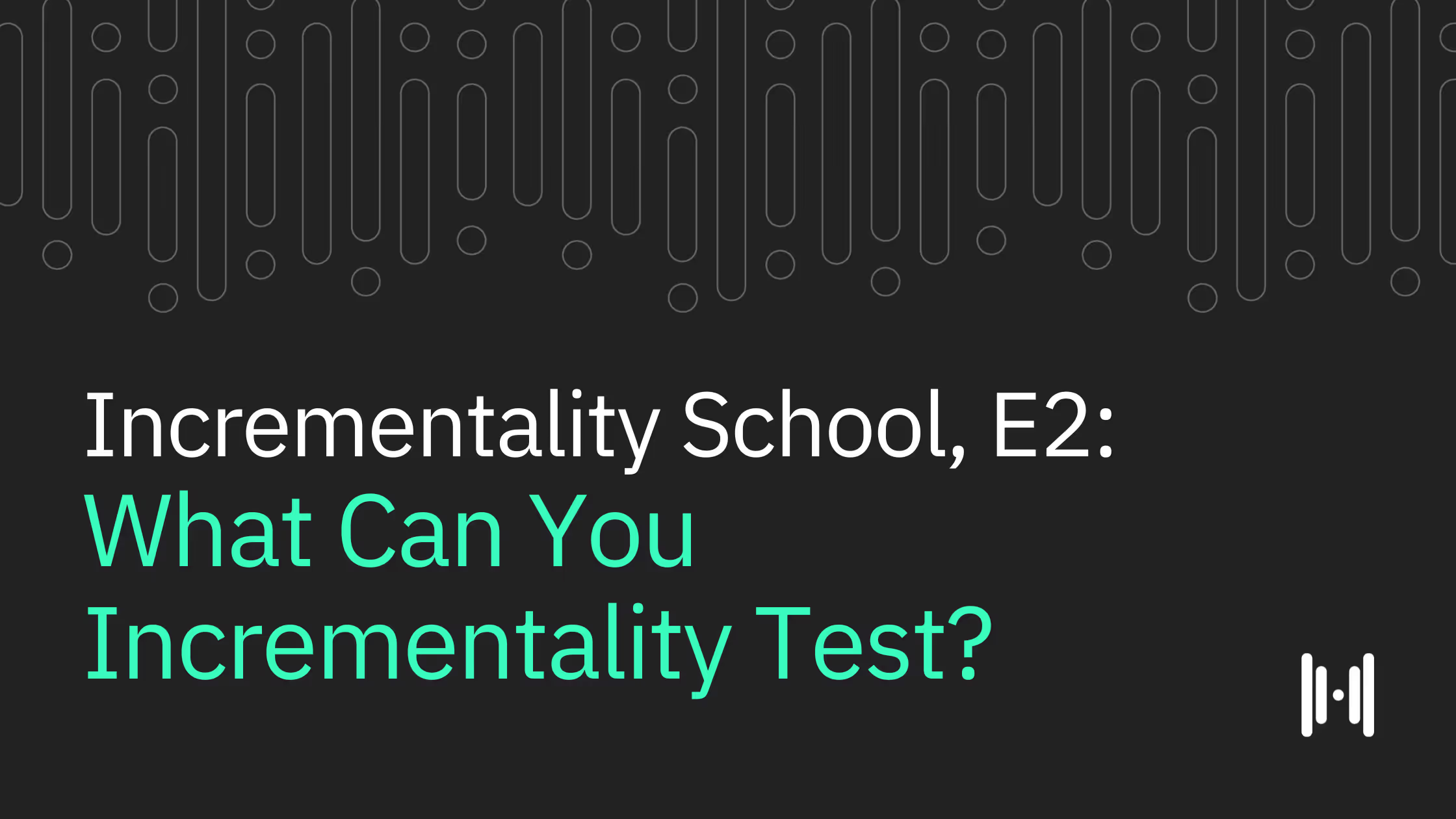
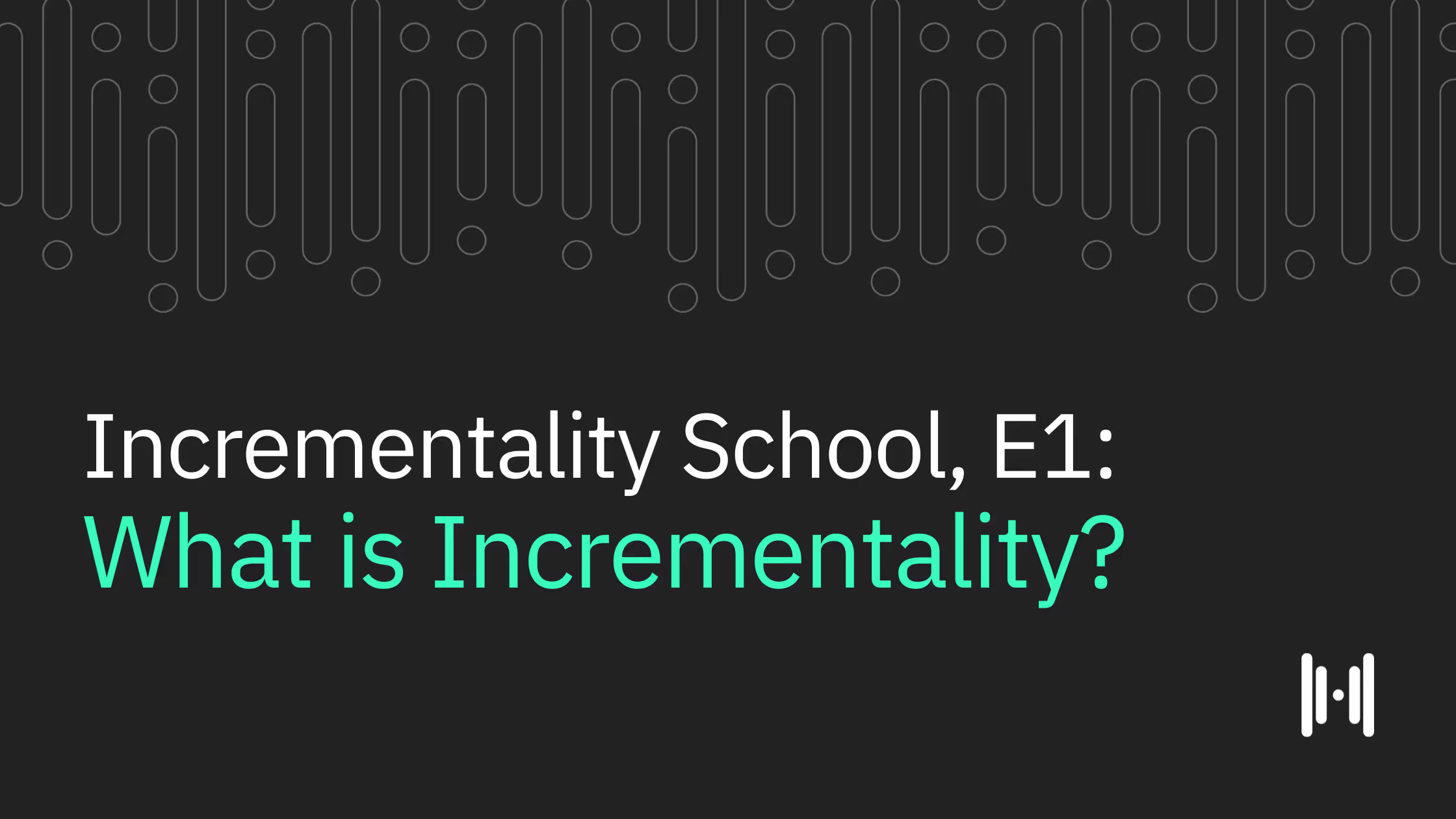
.png)
.avif)
.png)
.avif)
